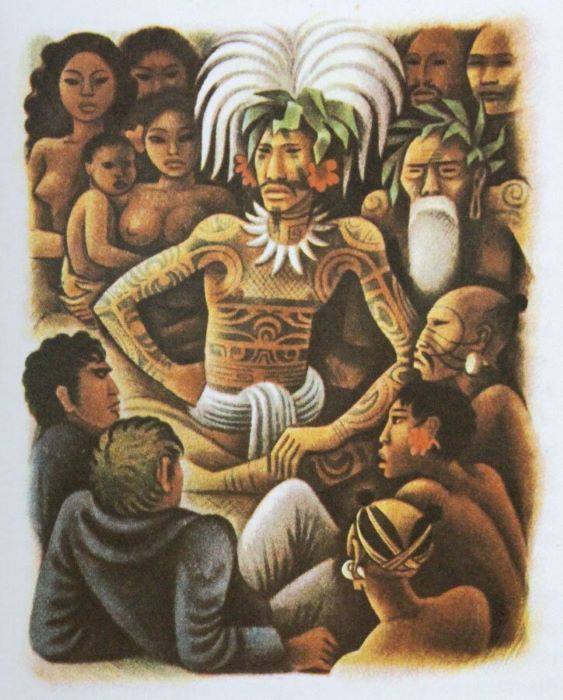Navigating the Polynesian World of Tattoos and Cannibals
Explore the thrilling and thought-provoking tale of "Typee" by Herman Melville as two sailors navigate the complexities of Polynesian life and culture, marked by tattoos and fear of cannibalism. Find out what body art means to Polynesians and how it affects the main characters.





